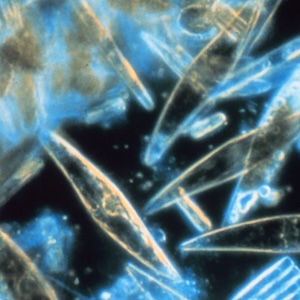Short Communications
Vol. 82 (2023)
A procedure to update quality indices based on species abundances: an example using the EPI-L diatom index

Publisher's note
All claims expressed in this article are solely those of the authors and do not necessarily represent those of their affiliated organizations, or those of the publisher, the editors and the reviewers. Any product that may be evaluated in this article or claim that may be made by its manufacturer is not guaranteed or endorsed by the publisher.
All claims expressed in this article are solely those of the authors and do not necessarily represent those of their affiliated organizations, or those of the publisher, the editors and the reviewers. Any product that may be evaluated in this article or claim that may be made by its manufacturer is not guaranteed or endorsed by the publisher.
Received: 26 July 2023
Accepted: 27 October 2023
Accepted: 27 October 2023
1311
Views
528
Downloads
15
HTML







